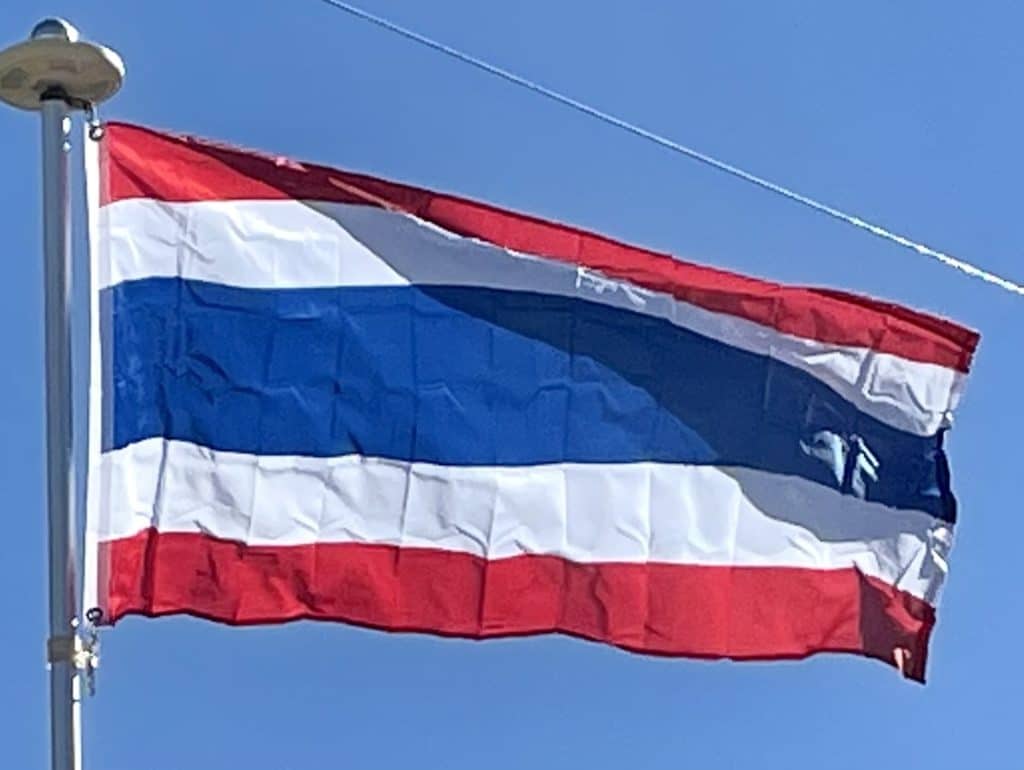


European contact and trade started in the early-16th century, with the envoy of Portuguese duke Afonso de Albuquerque in 1511, Portugal became an allied and ceded some soldiers to King Rama Thibodi II. The Portuguese were followed in the 17th century by the French, Dutch, and English. Rivalry for supremacy over Chiang Mai and the Mon people pitted Ayutthaya against the Burmese Kingdom. Several wars with its ruling dynasty Taungoo Dynasty starting in the 1540s in the reign of Tabinshwehti and Bayinnaung were ultimately ended with the capture of the capital in 1570. Then was a brief period of vassalage to Burma until Naresuan proclaimed independence in 1584.
Ayutthaya then sought to improve relations with European powers for many successive reigns. The kingdom especially prospered during cosmopolitan Narai‘s reign (1656–1688) when some European travelers regarded Ayutthaya as an Asian great power, alongside China and India. However, growing French influence later in his reign was met with nationalist sentiment and led eventually to the Siamese revolution of 1688. However, overall relations remained stable, with French missionaries still active in preaching Christianity.

After a bloody period of dynastic struggle, Ayutthaya entered into what has been called the Siamese “golden age“, a relatively peaceful episode in the second quarter of the 18th century when art, literature, and learning flourished. There were seldom foreign wars, apart from conflict with the Nguyễn Lords for control of Cambodia starting around 1715. The last fifty years of the kingdom witnessed bloody succession crises, where there were purges of court officials and able generals for many consecutive reigns. In 1765, a combined 40,000-strong force of Burmese armies invaded it from the north and west. The Burmese under the new Alaungpaya dynasty quickly rose to become a new local power by 1759. After a 14-month siege, the capital city’s walls fell and the city was burned in April 1767.
Chao Tak then crowned himself as Taksin and proclaimed Thonburi as temporary capital in the same year. He also quickly subdued the other warlords. His forces engaged in wars with Burma, Laos, and Cambodia, which successfully drove the Burmese out of Lan Na in 1775, captured Vientiane in 1778 and tried to install a pro-Thai king in Cambodia in the 1770s. In his final years there was a coup, caused supposedly by his “insanity”, and eventually Taksin and his sons were executed by his longtime companion General Chao Phraya Chakri (the future Rama I). He was the first king of the ruling Chakri Dynasty and founder of the Rattanakosin Kingdom on 6 April 1782.